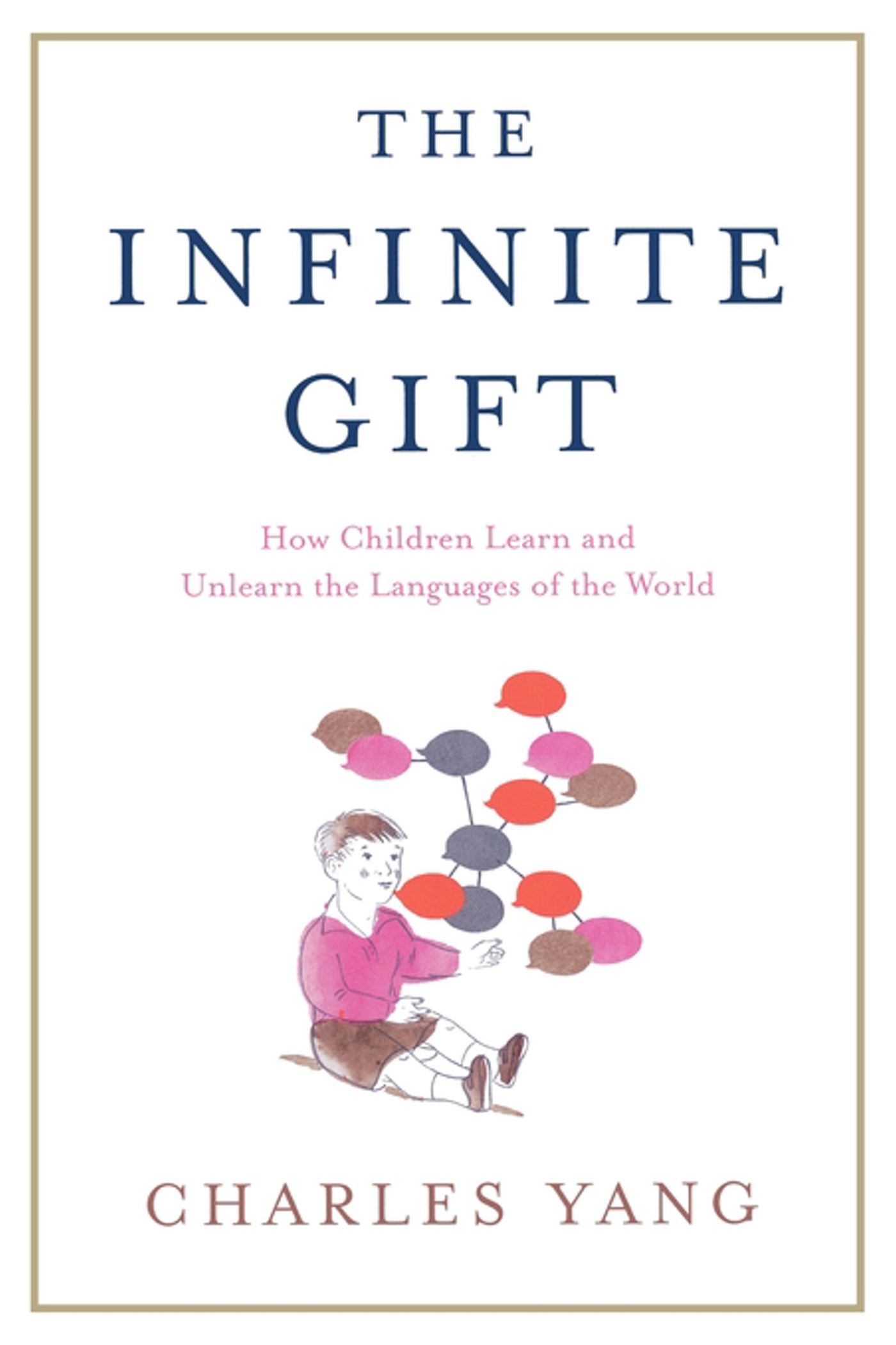
2006 Scribner's. New York.

Publishers Weekly (Starred Review). Engrossing .. For readers who will never venture into the field to study language acquisition, he reveals that some of the most exciting linguistic experiments are happening much closer to home.
Library Journal ... Engaging, personal, and lively. Anyone with the slightest interest in the English language should read his book.
Nature: Engagingly written. Annette Karmiloff-Smith
Science: A new wave of research in cognitive science. ... easy to read and insightful.
San Diego Union Tribune ... informative, user-friendly and, I would think, near mind-boggling to anyone who is now raising, or has ever raised a child. Or has ever learned a language.
Wall Street Journal
Washington Post (also Slate)
Times (London)
Atlanta Journal Constitution, with Captain Kirk
"Charles Yang conducts the reader skillfully on a highly instructive and quite delightful guided tour from the feats of infants that charm every parent and pose extremely difficult scientific problems, through the course of language development and on to the roots of language variation. At every stage, the exposition is based on easy familiarity with the current state of understanding in disciplines ranging from biology to linguistics, and at the same time lucid and engaging. It's an impressive achievement, which should prove most valuable to anyone fascinated by these core elements of human nature and capacities."
- Noam Chomsky
Publishers Weekly (Starred Review)
Children may start to speak at a year, but that's hardly the beginning, as Yale linguist and psychologist Yang shows in this engrossing book. Babies recognize the first elements of language before birth, start to babble at three to four months and can memorize and recognize the sounds of words at six to nine months. Yang uses this fascinating progression to explain one of the core theories of contemporary linguistics: Noam Chomsky's universal grammar, that human understanding of language is in the genes. Yang takes the theory a step further in arguing that the keys to acquiring language are not in the learning, but in unlearning: "Viewed in the Darwinian light, all humanly possible grammars compete to match the language spoken in a child's environment.... This theory of language takes both nature and nurture into account: nature proposes, and nurture disposes." Yang unfolds this complex argument systematically and with appealing animation, using creative examples-his son's first word, neurological experiments, baseball analogies-to keep the narrative moving. For readers who will never venture into the field to study language acquisition, he reveals that some of the most exciting linguistic experiments are happening much closer to home. (June) Copyright (C) Reed Business Information, a division of Reed Elsevier Inc. All rights reserved.
Library Journal
Instead of relying heavily on linguistic terms, which would be daunting for the lay reader, Yang (linguistics & psychology, Yale Univ.) explains in accessible prose the process by which children acquire language. He discusses everything from the sounds they hear in the womb to how they distinguish between different languages at three months to their mastery of their language by age five. Throughout this learning process, posits Yang, a child has tested the grammar and sounds that exist in many other languages (and would presumably have no trouble acquiring them) but ultimately settles on the relevant one, and soon after, can no longer distinguish between or articulate nonrelevant sounds. As an example, he notes that most Korean babies can distinguish l from r, while most Korean adults cannot. Yang's writing style is engaging, personal, and lively. Anyone with the slightest interest in the English language should read his book; for all public libraries.Kitty Chen Dean, Nassau Community Coll., Garden City, NY